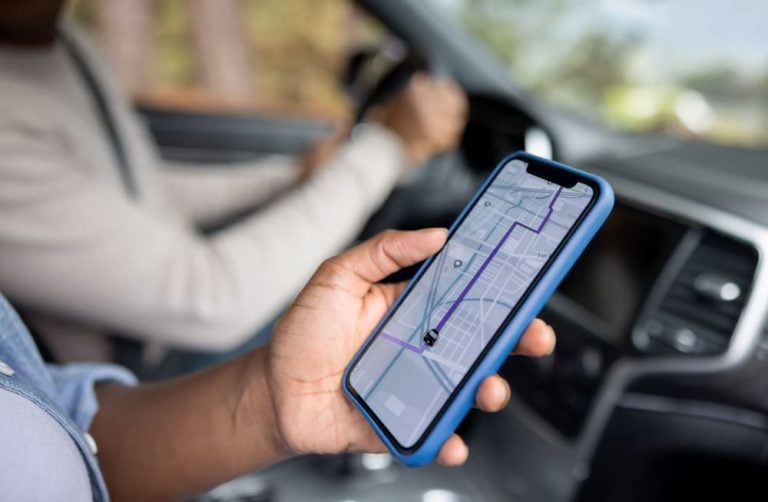This spring, a relentless series of rainstorms has hit Colorado, affecting the driving conditions of people’s daily commutes, shopping trips, and weekend getaways. While drivers are well aware of the hazards posed during the winter months, it’s important to recognize that spring and summer also bring their fair share of challenging weather conditions that can make driving more dangerous. Whether you find yourself navigating through a torrential downpour or bracing against strong gusts of wind, here are some essential tips to ensure your safety on the road.
Heavy Rain
- Check your vehicle’s windshield wipers.
- Windshield wipers can be some of the most important equipment that your vehicle has when driving in the rain. The ability to allow you to see clearly in a rainstorm is what makes them so important to your safety. It is extremely important to make sure that your windshield wipers are in good condition and do not need to be replaced.
- Slow down and leave room between vehicles
- When driving down any road you will come across signs displaying the speed limit for each road. Speed limits are determined for driving in ideal conditions and that does not always translate to when the road is very wet due to rain. It is important to be conscious of how fast you are traveling when there is heavy rain.
- Due to the wet roads and deteriorated visibility when driving in heavy rain it is a good idea to leave some extra room between you and the vehicle that is traveling in front of you.
- Avoid cruise control
- When you use cruise control on wet roads it can increase your risk of hydroplaning on the road. The majority of modern vehicles have technology that allows for better traction and stability control which can make it safer to use the cruise control in wet conditions.
- Avoid Hydroplaning
- Hydroplaning is something that happens when your tires lose contact with the road while driving on a wet surface and begin to ride on the surface of the water sitting on the road. When your car starts to hydroplane, you can potentially lose control of the vehicle and could slide in an unexpected manner on the road.
- What should you do if you are in a situation where hydroplaning is occurring?
- Do not panic and remain calm.
- Keep both hands on the steering wheel and turn in the direction that you want the vehicle to go. You might need to turn the wheel in the opposite direction in order to realign your vehicle to the proper direction that you are traveling.
- Slowly remove your foot off of the accelerator and brake avoiding any sudden braking/accelerating.
- Avoid slamming on your brakes.
- When you slam on your brakes during heavy rain there is an increased risk that your vehicle will unexpectedly slide on the road. It is important to break early and gradually in order to prevent any unnecessary sliding.
- Turn on your headlights
- The decreased visibility that accompanies a heavy rainstorm makes your headlights one of the most important things to have in working order on your vehicle. The headlights not only help you see in the dark and stormy day, but they illuminate your car for oncoming traffic to see you driving.
High Winds
- Keep a firm grip on the steering wheel.
- It is important to maintain a grip on the steering wheel and not allow your vehicle to be blown all over the roadway.
- Don’t over correct if you get blown off course by a gusting wind.
- An over-correction of the steering wheel can potentially cause your vehicle to be blown off course and potentially crash into another car or off the roadway.
- You can slightly steer against wind blowing in from the side in order to compensate for the wind.
- You would be able to avoid being blown around the roadway by slightly manipulating your steering.
- Attempt to make any steering corrections in a protected area.
- It is much easier to make any corrections to your steering when you are protected from the high winds such as in a tunnel.
- Be aware of flying debris in the roadway.
- Due to the high winds, it is more likely that various debris will be below over the roadway, and you should be aware to avoid any collisions with flying debris.
- Give high profile vehicles extra room on the road to avoid a potential collision.
- Due to the way they are built, high profile vehicles, such as semi-trucks, are more susceptible to being blown around the road by high winds. It is a good thing to be aware of to avoid any potential collisions.
Who is responsible when you are in a car crash during a bad weather event?
You might think that the bad weather would decrease the potential liability if you were to be involved in a car crash during a rainstorm or heavy wind event. The majority of the time that is not the case, and rather the duty of the driver to drive in a reasonable and responsible manner remains the same as during a clear and sunny day. The big difference is what is considered reasonable changes depending on the weather conditions, and thus the seriousness of the weather conditions will determine what is considered a reasonable manner to drive in.
The instances where the weather conditions will potentially decrease liability is when the weather conditions are considered an act of god. That is something that many drivers will claim is the case in order to be relieved of liability when they are in a crash during a severe weather event. An example would be if a tornado suddenly appeared, without warning, and caused a car crash.
What to do if you are involved in a car crash during a severe weather event
If you are involved in a car crash during a severe weather event the attorneys at McDivitt Law Firm are experienced with all types of car crashes. Here are a few tips if you are involved in a car wreck during adverse weather conditions:
- Stay calm and evaluate the situation
- Pull over to the side of the road away from traffic.
- Make sure that your hazard lights are on in order for the other drivers to see you during the decreased visibility.
- Call the police.
- Get the relevant insurance and identification information from the other party involved in the collision.
- Document the scene with video or pictures.
- Seek appropriate medical attention.
- Evaluate whether you need the assistance of an attorney with the situation.
- Contact McDivitt Law Firm and our team of experienced personal injury attorney who will be able to assist you during this difficult time.
Learn more about auto accidents.


